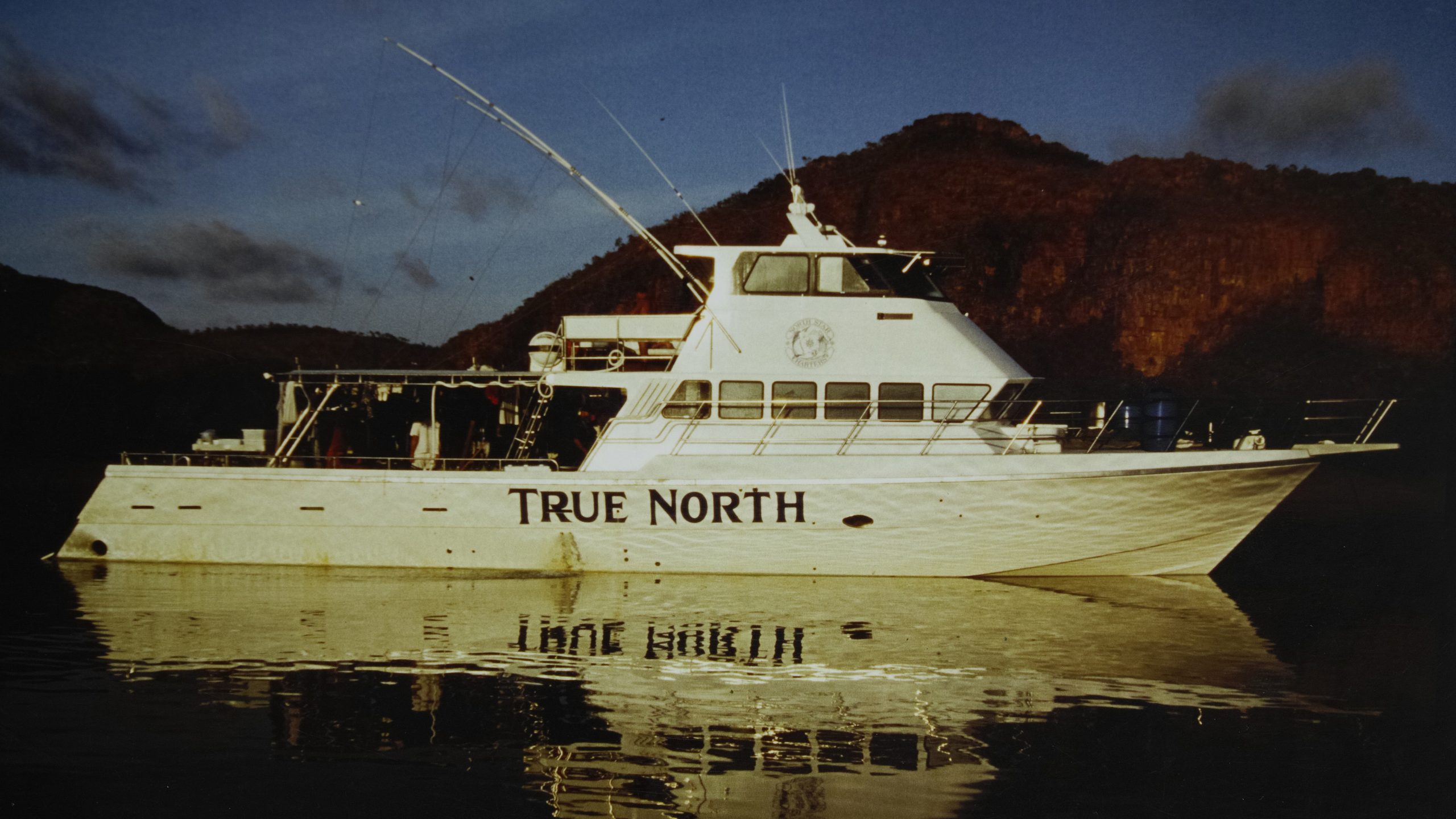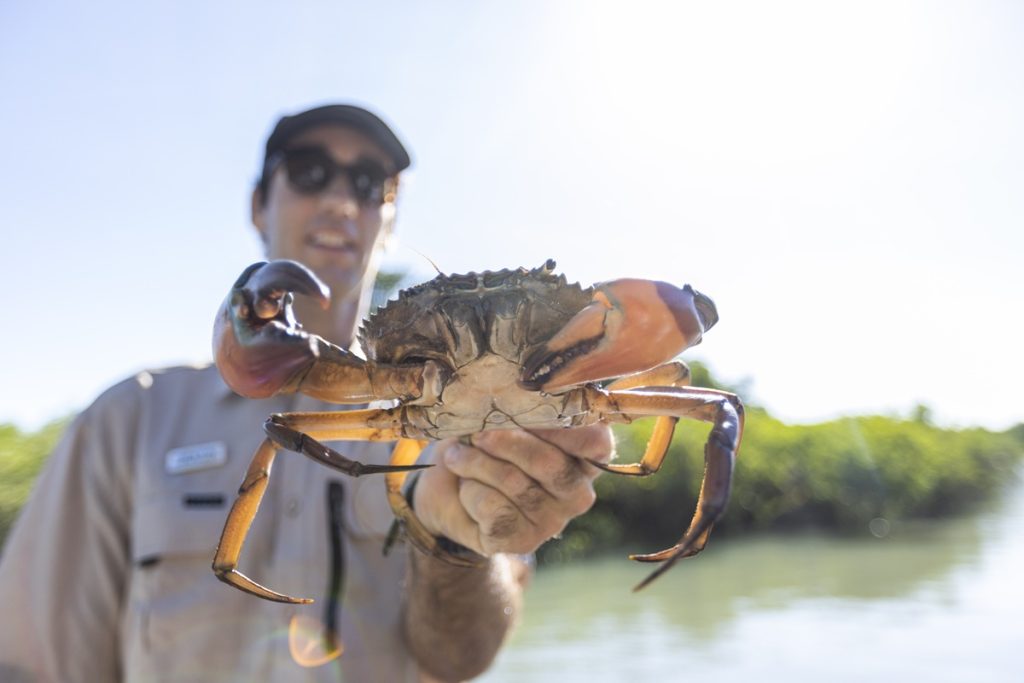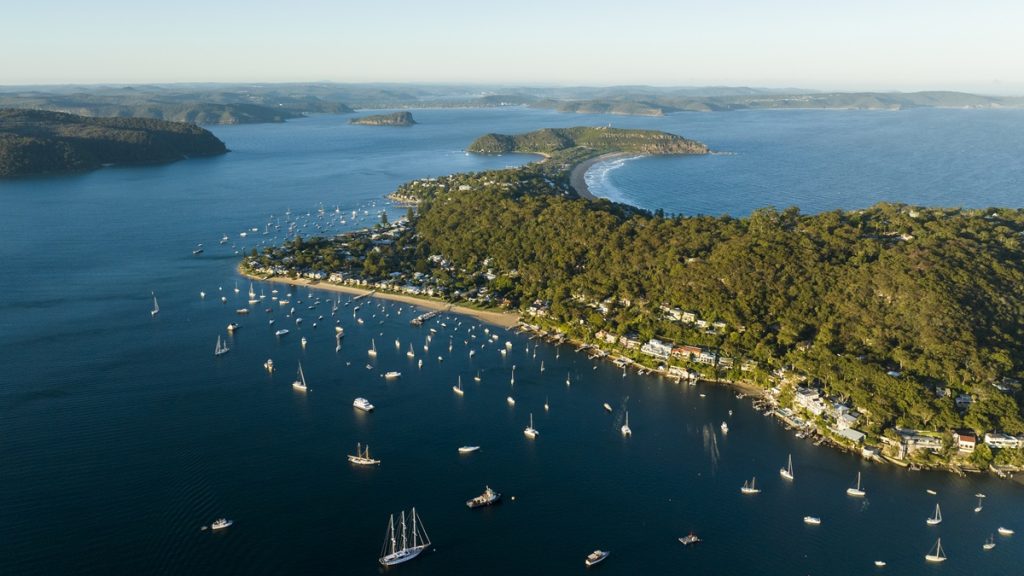Aboard the 75ft luxury cruiser True North, heading north up the Western Australian coast in early April, 1996, it seemed a normal voyage. The vessel returning after a refit in Fremantle to Broome to begin her winter program of Kimberley cruises.
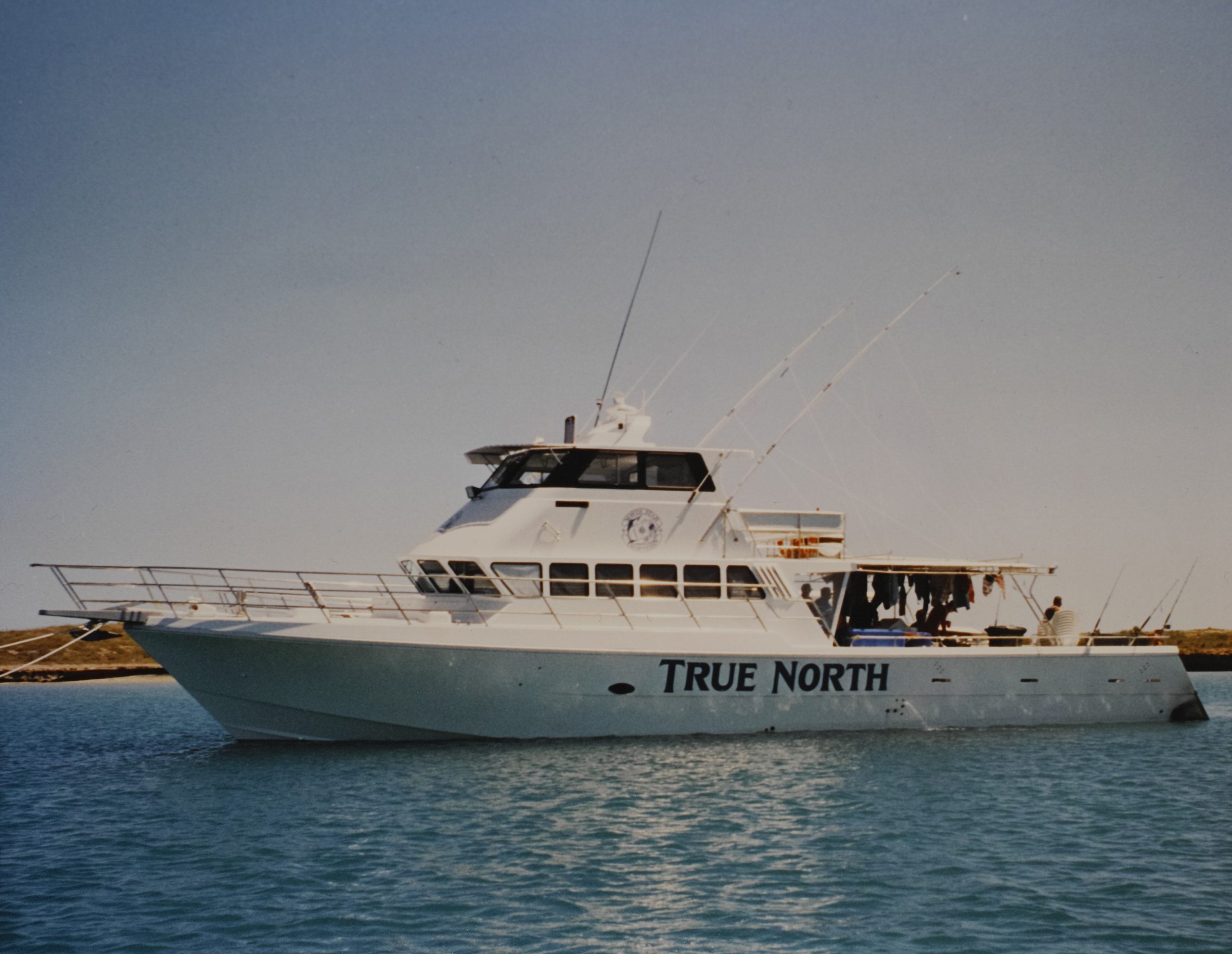
Part of the voyage was a stop at Exmouth Gulf to enjoy the wonderful experience of swimming with whale sharks. They were unaware that this was a voyage which they would remember for the rest of their lives for quite different reasons. They would also remember the innocent-sounding name ‘Olivia’.
While the ship was in Exmouth Gulf with bright sunny weather, and while True North’s passengers were in the water and unaware of any possible problems, Captain Craig Howson was playing particular attention to radio weather warnings.
The Bureau of Meteorology had noted in their regular bulletins that a tropical depression was gathering hundreds of miles to the north. It was forming in the familiar threatening swirling skirt of clouds over the islands of Java and Sumatra near the Equator. It was not yet a cyclone, but it was increasing in intensity and seemed likely to achieve cyclone status. In that event it could head south in the direction of Australia. If that happened it could cut across True North’s passage to Broome on a coast which had limited protection from a well-developed cyclone. Craig Howson’s frown increased with every new bulletin. He decided to cut the Exmouth stay short and head north as quickly as possible. It was a wise decision. The tropical storm developed with surprising rapidity and was given the name ‘Cyclone Olivia’ by the authorities. By the time Olivia reached northern Australian waters on April 10th, 1996, she was a fully developed storm and the Australian Bureau of Meteorology was urgently warning all sea going traffic and coastal towns in North Western Australia to prepare for the onset of an oncoming Category Five Cyclone.
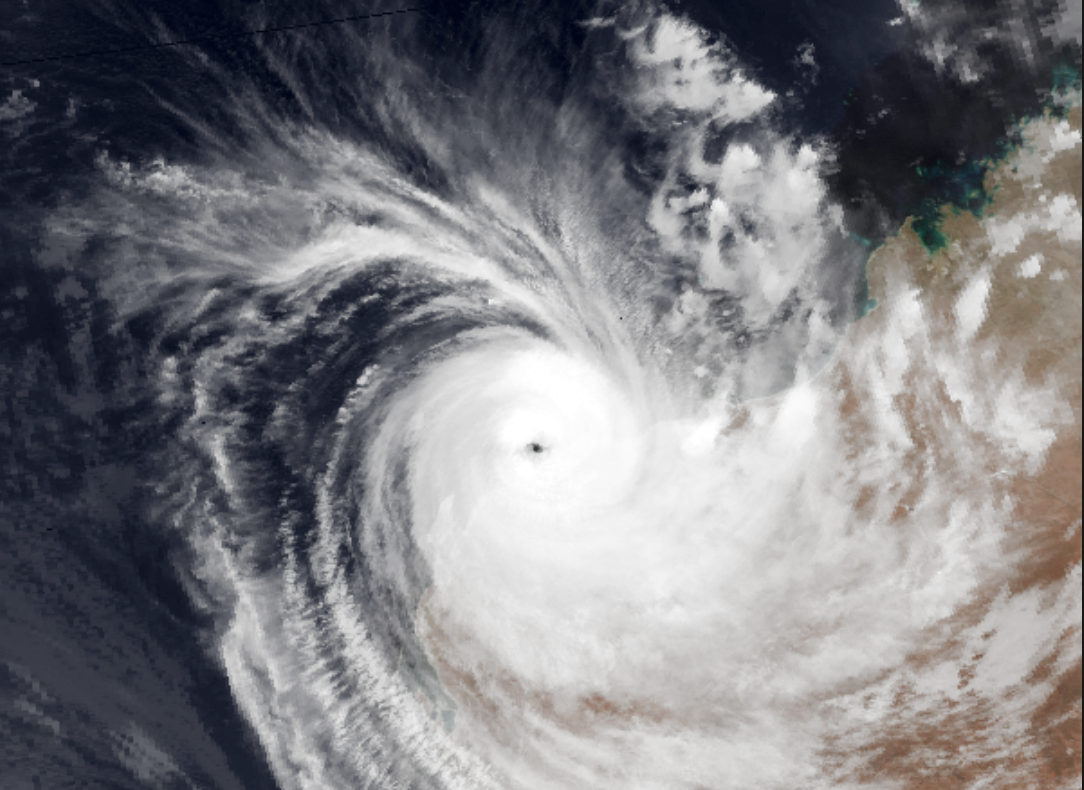
There is always a danger of becoming blasé about cyclones’ Craig Howson recalls. At that point he had been skippering craft of various sizes from Shark Bay to the Kimberley for more than 20 years.
‘That is because we would get several alarms each summer’ he said ‘More often than not the storms would fizzle out or pass us harmlessly by. It was generally accepted that the cyclone season was November through to March, which is why we scheduled our annual trip back to the North for early April. There was no indication at that point that this was going to be a ‘Big One’.
‘Nevertheless I was aware that one of the best cyclone anchorages on the North West coast was in a passage inside Hermite Island in the Monte Bello Islands. They conveniently lay directly on our planned route. So I resolved to head that way after refueling in Onslow and to waste no time in getting there’.
By now Bureau of Meteorology warnings were becoming more urgent and the category of the cyclone which had received the name ‘Olivia’ was being dramatically upgraded.
As True North left Onslow the warning had already been elevated to a maximum Category Five ‘Blow’. That was the most serious warning on the international Beaufort Scale.
‘If you had looked out to sea as we turned north’ Craig Howson remembers ‘You could have been excused finding it hard to believe the warnings. It was a classic case of the ‘Calm before the Storm’. The sun was shining, the sea was flat with light wind from the east, and not a ripple on a bright blue surface’.
But there was a distance of almost 120 kilometres, or six hours, to travel on a winding course past Barrow Island and conditions would dramatically change as the afternoon wore on. Dark clouds low in the sky with a typical greenish light rolled in from the west and began rushing by overhead. The wind picked up to the point where True North’s bow was plunging into white-caps and there was a rising swell even in the comparatively shallow waters inside Barrow Island. A rough ride had begun despite the shelter of the islands.
As night fell the wind was howling and there was no longer any doubt that Olivia was heading towards them. As darkness fell on Tuesday, April 9th, 1996, True North reached the outer limits of the Monte Bello Islands. But that was the beginning of a new danger.
Craig Howson knew of a short cut into the lagoon passage inside Hermite Island. But it involved a torturous course between islands which would ordinarily only be considered a daylight option. It would only ever be attempted at night in an emergency.
But this was now an emergency.
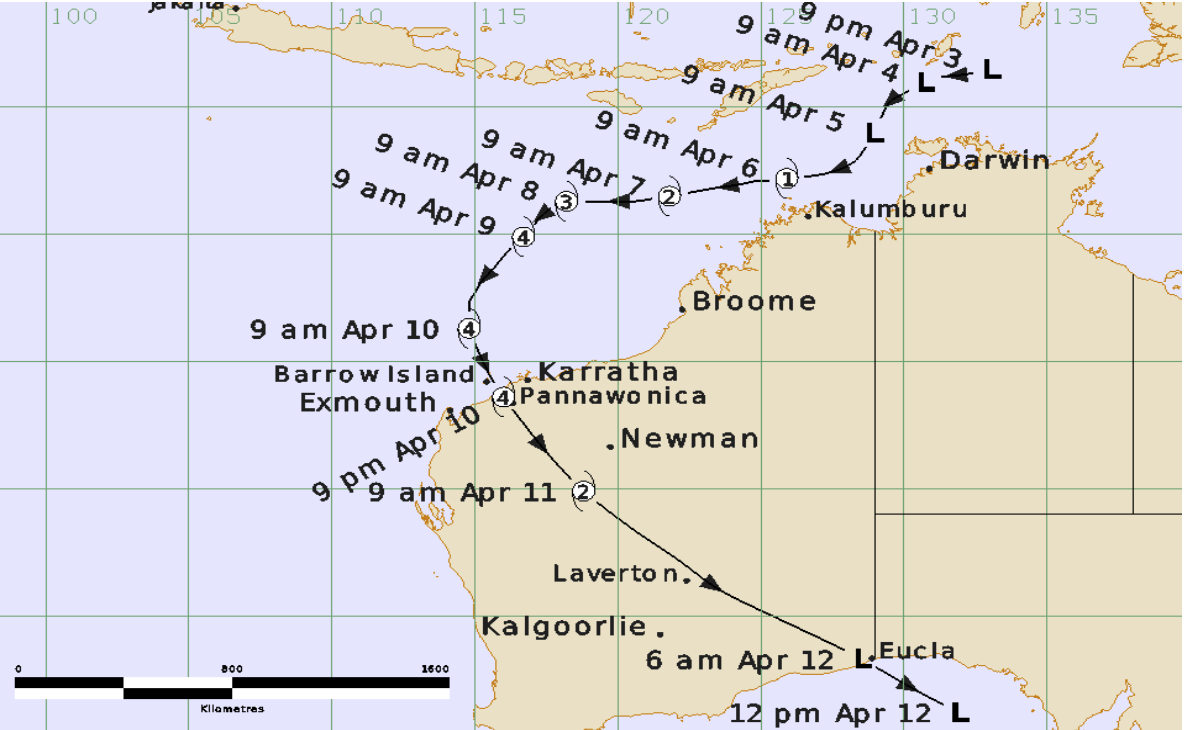
True North nosed her way in total darkness with deckhand Wayne Poon on the spotlight bouncing the yellow beam of light off cliffs and islets and Craig Howson on the bridge and on the wheel. Sometimes there was less than 20 metres clearance from the rocks. At last at midnight they were in the main Hermite passage. There to huge relief at finding a major Barrow Island oil company five-ton mooring unoccupied. By now the wind was howling about them and even in the shelter of the passage it took an incredible four hours to tie up.
Passenger Ken Macleod recorded in his diary ‘How they got the mooring ropes attached I don’t know. But then about 2.30 a.m. they put on a chain so heavy that it took four men to drag it out of the locker and carry it on their shoulders.
Craig nudged the boat up to the mooring on the engines and Wayne Poon – held by his ankles over the bow – attached the largest shackle which could be found on the boat’.
Craig Howson’s father Barry Howson was among those on board. He recalls that the following morning saw feverish activity in battening down the boat before the arrival of the expected maximum winds of the coming storm. The full force was expected about 6 pm on the Wednesday evening, on April 10th, 1996.
‘The two 18ft alumium tenders’ Barry Howson recalls ‘Vital in taking guests ashore in the Kimberleys and for divers in the Rowley Shoals, were each half filled with water in their stations on deck and lashed down to prevent them being blown away. All loose fittings and objects were stowed, aerials removed, and sun shades taken down’.
Aboard True North now awaiting the full force of the blow were the crew, Captain Craig Howson, Ed Howson and Wayne Poon. Passengers were Don and Ken Macleod, Keith Chester, Bill Anderson, Barry Waters, Barry Howson, and English travel agent Eric Sutherland.
Also on board were Ruth Harrison, former manageress of Perth’s Parmelia Hilton Hotel, Kylie Tucker, in charge of guest arrangements on True North charters, as well as Melanie, Julie, and two girls named Kylie. The ladies played a vital role in housekeeping and cooking meals throughout an extraordinary experience.
Ken Macleod wrote in his diary ‘It was a grey morning with steady and increasing wind and rain spells varying from mild to rain drops driven horizontally. By 2pm wave tops were being ripped off and thrown upwards to meet the driving rain with visibility down to 30 metres’.
He continued: ‘It is 3.30 pm, and — ‘Hells bells! Ye Gods and Little Fishes!’ — I can see the blue covers on the outboards of the tenders lashed down at the stern and that’s about it! Beyond them is a white-grey hell of solid rain, spume, and spray. Whipped every which way. The wind is just unbelievable. The violence increasing in intensity every minute. The mind not accepting what the senses tell it!’
Wayne Poon comes down to tell them that the barometer was down to 945 and expected to drop even further. It will eventually reach 920.
Two pearl farm barges in the next bay broke their moorings during the night and were washed high up the hill over the anchorage by a storm surge which raised the surface water 20ft above normal levels. That was actually fortunate because otherwise they would have been smashed to pieces on the rocks. They were followed by the houseboat in which a number of young pearl farm workers spent a night of mutual terror also washed up the hill. Two supposedly ‘Cyclone Proof’ sheds were smashed to pieces.
Meantime birds were blown backwards around them in feathered disarray and turtles grimly trying to swim upstream managed to make only 10 metres in an hour’s desperate paddling.
Every now and again someone would go to the door leading to the back deck to look out into the swirling fog astern of the vessel where sea and sky were so mixed that they could not be distinguished apart. Where the ear-splitting sound of the wind made conversation impossible. It was risky to go further because if anyone were blown to be blown overboard they could never have regained the boat.
Ken Macleod was unwise enough at one point to peer around the edge of the cabin. The wind promptly blew the skin off the end of his nose.
‘Ouch!’
The ropes attached to the morning both broke and the ragged ends beat an unwelcome tattoo on the foredeck to add tension to the night. But the chain held on grimly, stiff as an iron bar, to keep True North safe against Nature’s challenge.
By morning it was all over.
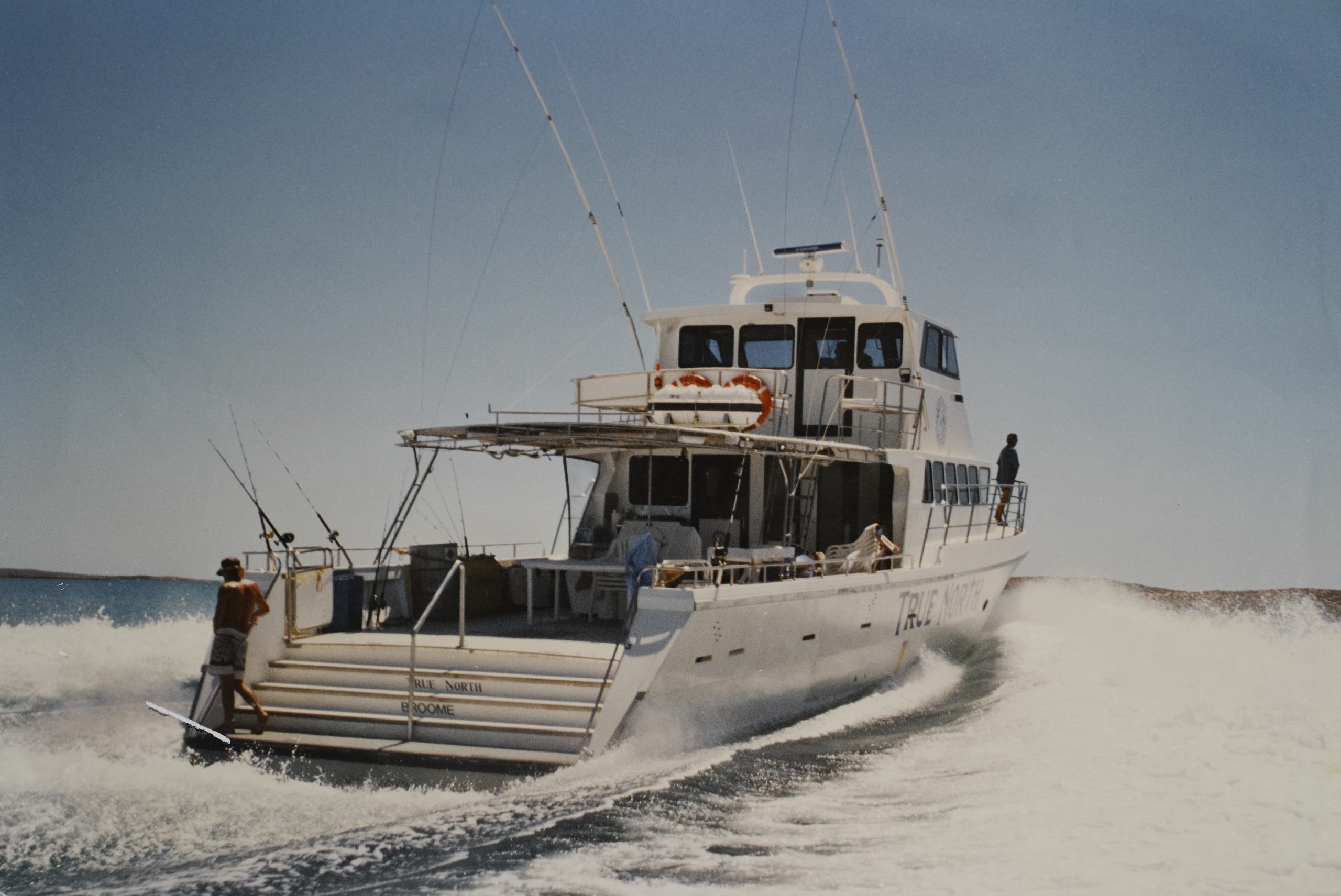
They launched the dinghies and went ashore and were awed by what they saw. In the next bay the pearl farm work barges and houseboat were literally high-and-dry, washed half-way up the Hermite hill. The strongly-built sheds on shore had been smashed to pieces as though struck by a giant fist.
The young pearl farm workers in the houseboat had spent a terrifying night sitting in the passage of the stranded houseboat, food and water bottles in their laps while the wind shrieked about them. Expecting the houseboat to disintegrate at any moment.
What would have happened if True North’s mooring had dragged or their mooring chain had broken? That was not something to think about at that moment though the thoughts would occur later.
In due course they completed the voyage and were back in the familiar turquoise waters of Roebuck Bay in Broome. Tied up alongside and packing up their gear. Men shaking hands and saying gruff ‘Good Byes’ to each other. Hugs from the girls. The holiday and the heart-stopping adventure over
When they went ashore newspapers, and the cheerful gossips in the coffee shop brought them up to date on Cyclone Olivia. It seemed that she had crossed the coast, taken the roofs off a number of houses in Onslow, and capriciously destroyed 30 homes in the inland mining town of Pannawonica. She then careered on across the continent to bring rough seas and strong winds to Spencer Gulf in South Australia.
Among the interesting aspects for those recently aboard True North were the wind speeds recorded by instruments on Barrow Island in the vicinity of the Hermite Island passage. The gusts were reputed to be more than 400 kilometres per hour. An awesome and perhaps at that time an unbelievable figure.
Olivia’s peak gusts in the Barrow Island and Hermite Island area were so high that at first it was questioned whether they could be accurate.
The matter was discussed at various meetings of weather experts including the Offshore Technology Conference held in Houston, Texas, in 1999, and the World Meteorological Organisation Commission for Climatology at Geneva, Switzerland, in 2009. Both were august bodies, and it was agreed by delegates attending them that the Olivia instrumentation was both reliable and accurate.
But it was not until January 26th, 2010 — 14 years after those aboard True North had listened to the demonic shrieks of Cyclone Olivia in her maximum gusts in 1996 — that there was a result. On that day the World Meteorological Organisation announced that the Cyclone Olivia recording was indeed the highest gust ever recorded around the world.
‘A world record no less!’
The figure put forward on behalf of Olivia was an astonishing gust of a 408 kmh (254 miles-an-hour) rush of wind at Barrow Island in 1996. It significantly broke the old world record of 372 kmh ( 231 mph) recorded on Mount Washington in the United States in April 1934.
Suddenly Olivia was world famous. In appreciation of the fact the Australian Bureau of Meteorology withdrew her name from the list of those available to be applied to future cyclones. She was unique, and there would never be a future Cyclone Olivia.
What did Captain Craig Howson think about THAT?
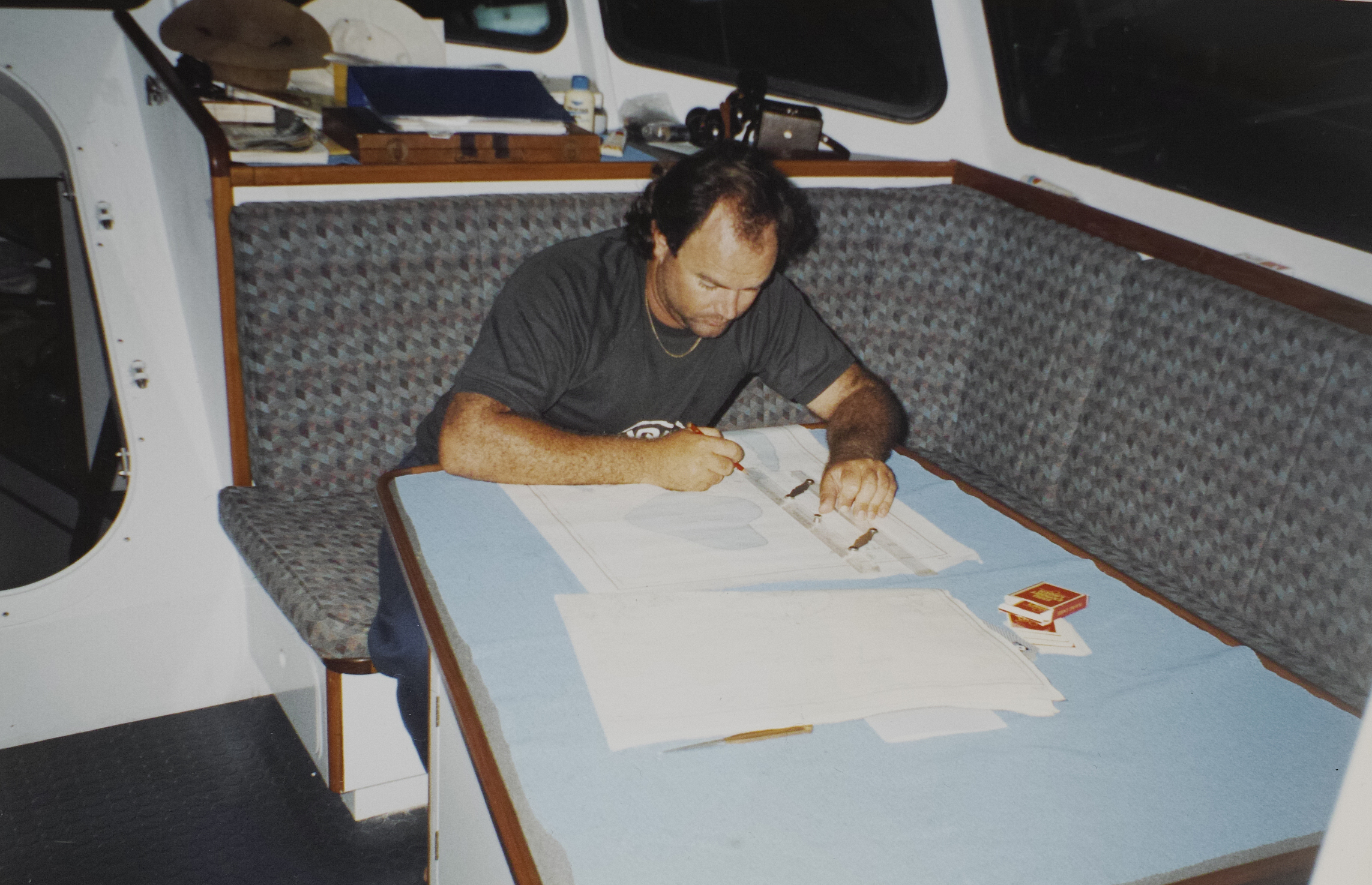
Craig Howson considers for a minute. Then a smile lights his face.
‘How could you not be excited’ he asks ‘To have our vessel True North associated with…A 254 mile-an-hour wind gust World Record!’
An excerpt from True North by Hugh Edwards. Available for sale onboard the TRUE NORTH.
